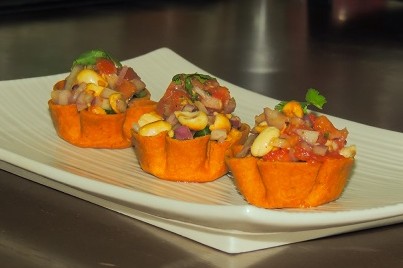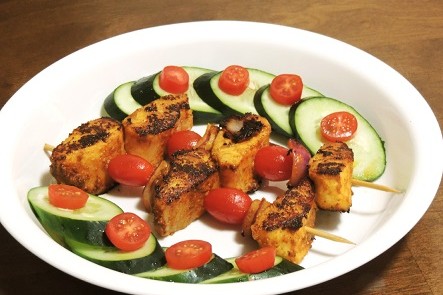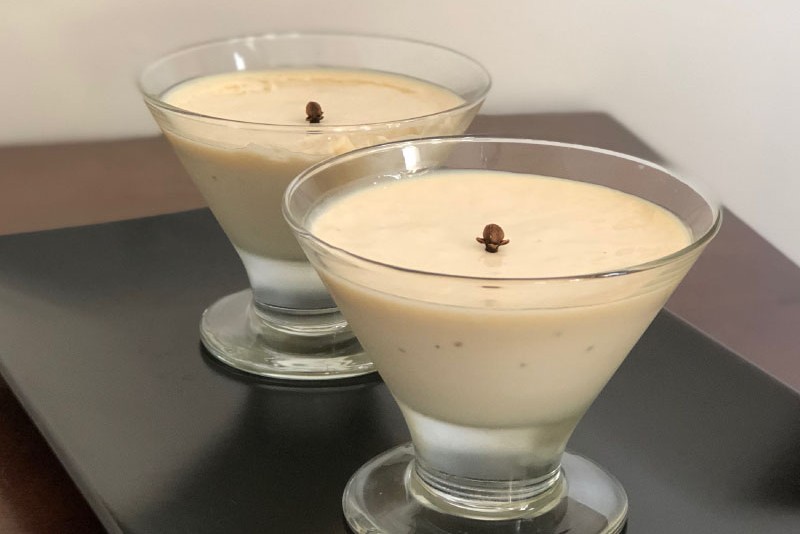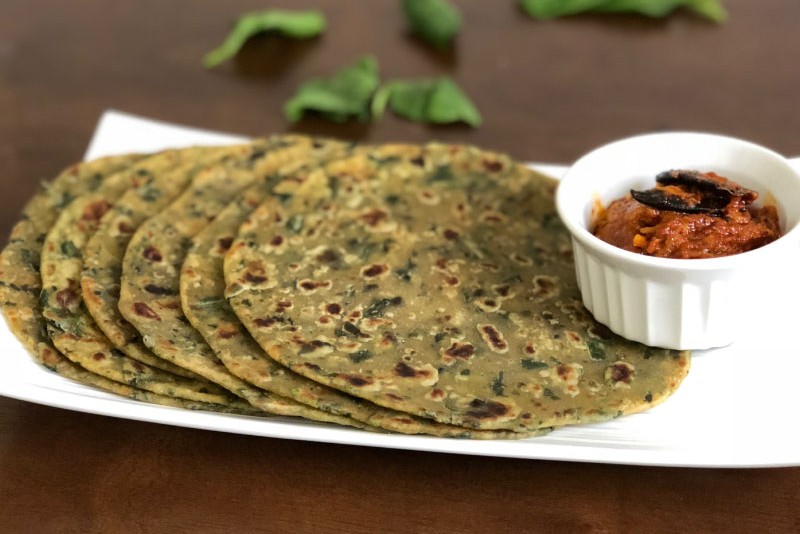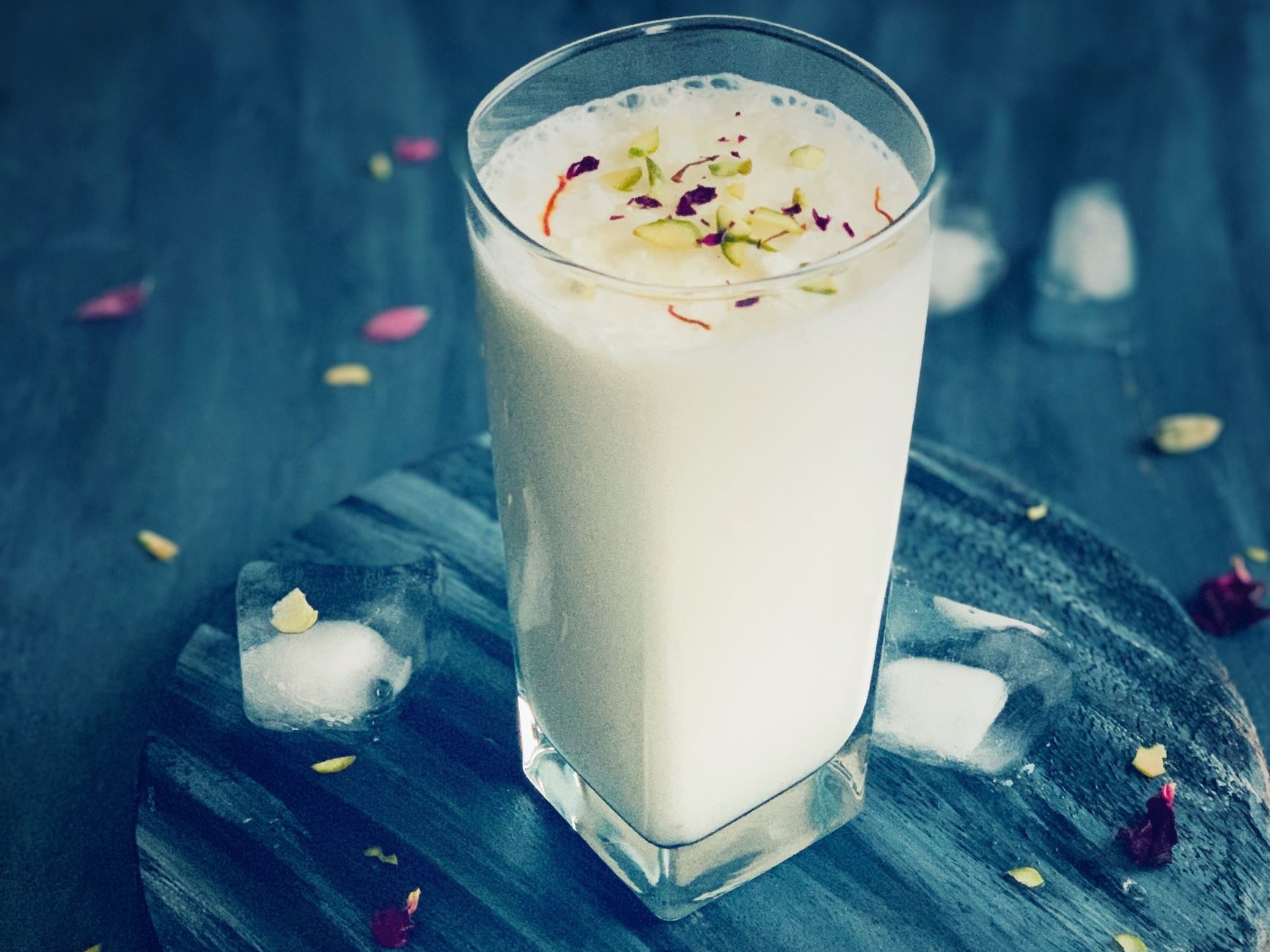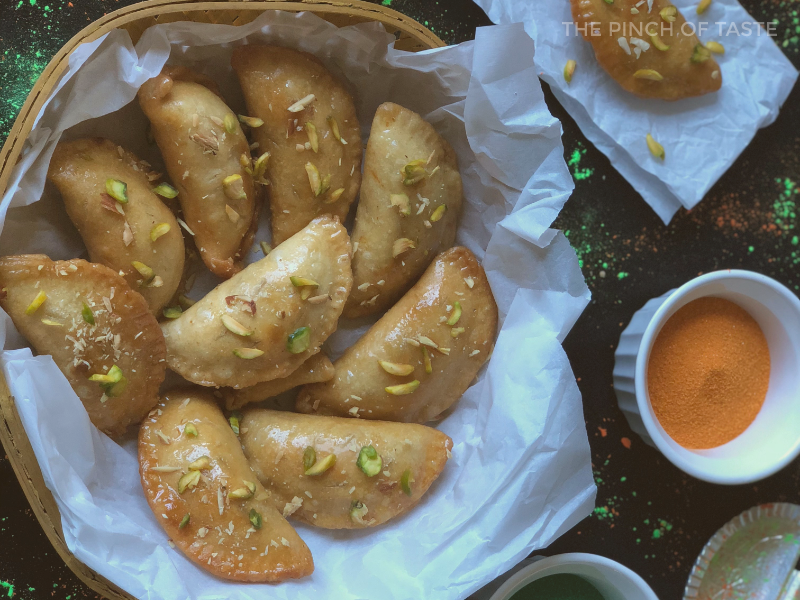
Holi, a celebrated festival of colors across India, is now equally popular worldwide. Nowadays, I have observed many schools organizing color run here in States too. Of course, who would not love to play with colors? But Holi is not just about playing with colors, like any other festival, it also has deeply hidden significance. It celebrates the victory of good over evil, the importance of forgiveness and the virtue of letting go, also the arrival of spring. In short, this is a festival to play, laugh, eat and spread happiness.
Holi has always been special for me, and it has always been celebrated on a grand scale at both my hometown & at my in-laws. Every family has its own traditions, rituals for any festival and so do we! I have seen the enthusiasm as well as the busy schedule of my mother during this festival. And I got to witness a similar spirit with my mother-in-law, after my marriage. We have two days of celebration, beginning on Poornima (full moon day) as this day is meant for worshipping and offering various delicacies as bhog or prasad to deity, made by the elderly women of the family. This day is considered to remain satvik (vegetarian), which means all meals should be prepared without onion, garlic. Next day is considered as 'khelne wali Holi' which means we can play with colors with family and friends.
Although we do not have the tradition of making Gujhiya during Holi in our family, the customary visit to friend’s home over the years resulted in the exchange of tradition. We gave malpua and took gujhiya which is now an inseparable part of our celebration. Crisp, flaky crust stuffed with lightly sweetened mava (milk solid), sinfully fried in ghee till golden and then dipped in sugar syrup. Indulgent!!!
But then festivals are meant for indulgence, isn’t it?


